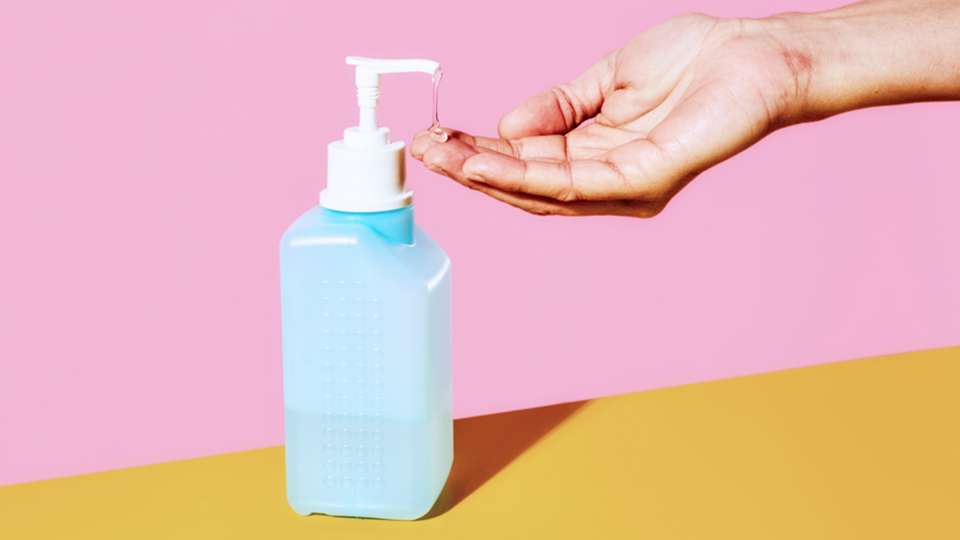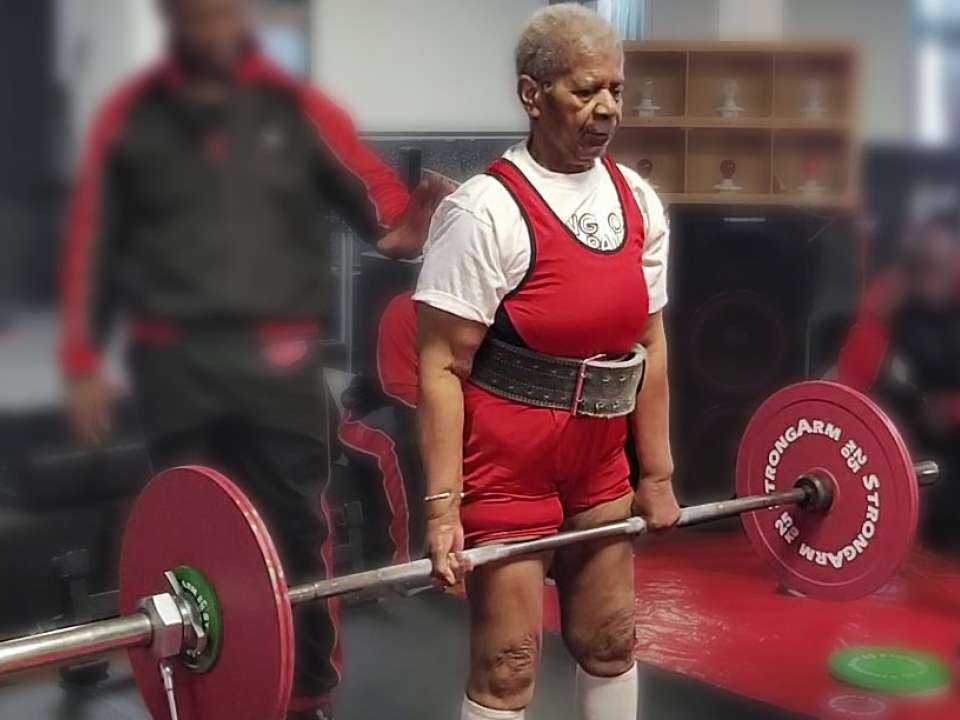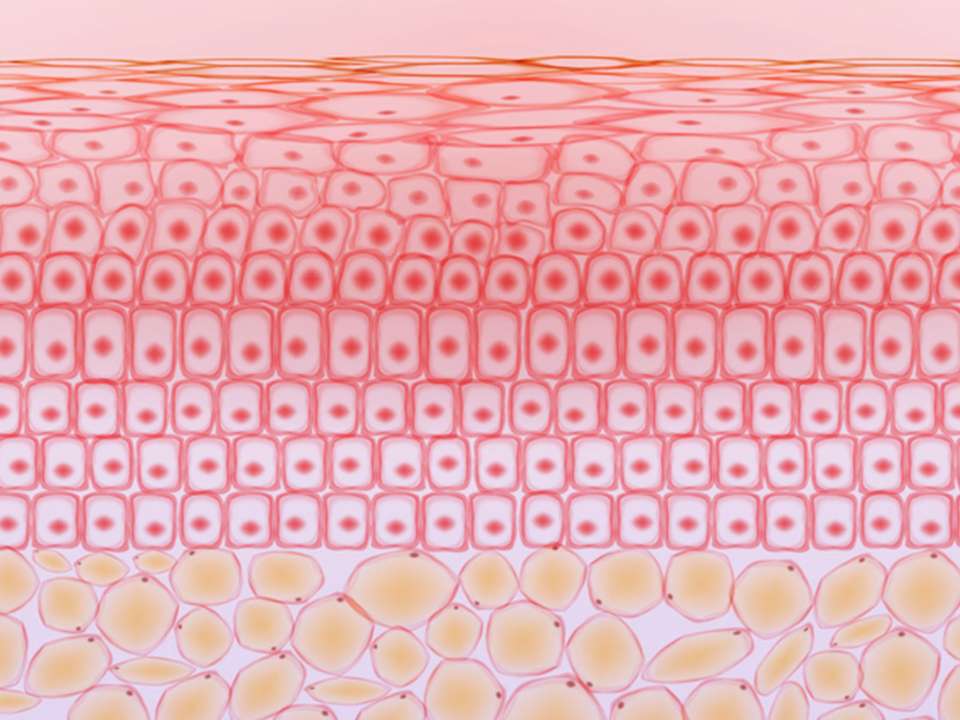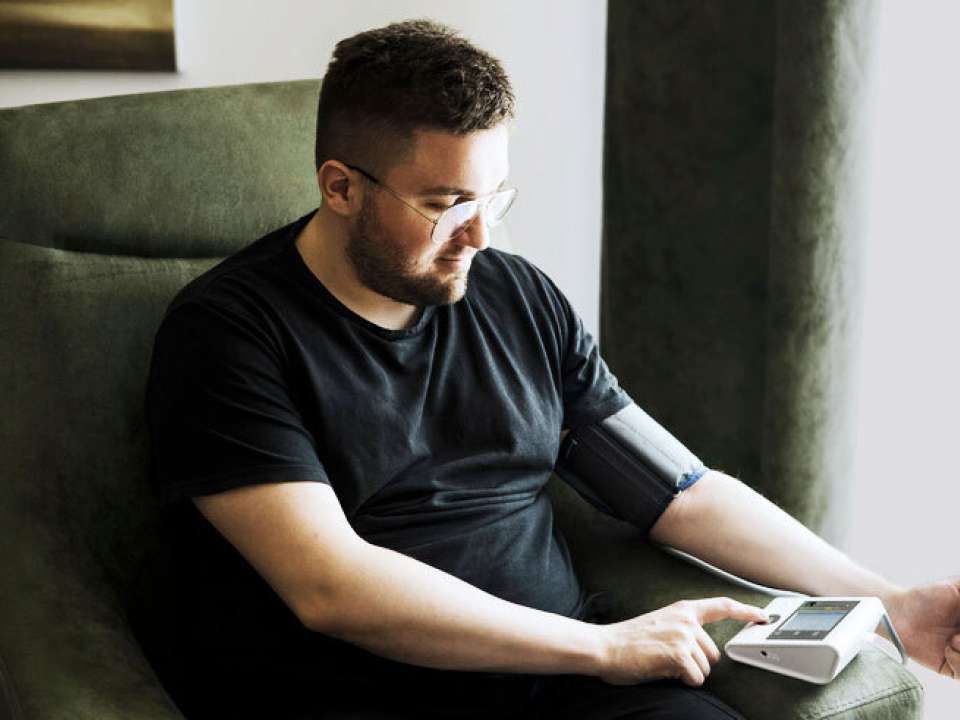A Doctor Answers Your Frequently Asked Coronavirus Questions

During the coronavirus pandemic, it’s easy to find yourself compulsively Googling pretty much everything.
Are those sniffles the first signs of COVID-19 or are they just your seasonal allergies acting up? Is it safe to take your dog on a walk around the neighborhood? Can the virus live on a takeout container?
To help you sort through the myths and put your mind at ease, Dr. Peter McGough, medical director for UW Neighborhood Clinics, responds to some of the most frequently asked questions about the coronavirus. (Spoiler alert: Yes, you can enjoy that pizza delivery without fear.)
How does the coronavirus disease spread?
By now, you’ve probably heard the term “social distancing,” meaning to keep at least 6 feet away from others. Well, there’s a reason for that.
COVID-19 is spread from one person to another when an infected individual coughs or sneezes, producing droplets that can travel up to 6 feet — hence that magic social distancing number.
You can become infected if you’re in close proximity to someone who has COVID-19 or if you touch a droplet-contaminated surface with your hands and then touch your face.
“The challenge is that some patients who get COVID-19 may have very mild symptoms,” McGough notes. “That is why we recommend universal precautions and assume that anyone might be carrying the virus.”
In other words, just because someone doesn’t seem sick doesn’t mean they aren’t potentially infected.
How can you protect yourself?
While there are plenty of myths about how to boost your immunity and stay safe during the pandemic, your best defense is simple: wash your hands, don’t touch your face and practice social distancing.
During the stay-at-home period, you can still go outside, but McGough notes it’s important to remain 6 feet away from others at all times — yes, even if you’re just walking your dog around the block.
As for that mask? Public Health — King County & Seattle says wearing a homemade mask or face-covering can provide some benefit to others if you’re infected and don’t yet know it. That said, you should still follow hand-washing and social distancing guidelines, and you should not start buying up medical-grade masks.
“Currently, these are in short supply for healthcare workers who badly need them,” McGough explains.
How long does the coronavirus last on surfaces?
One study from the National Institutes of Health found the virus can live on surfaces for a few hours to a few days. But because the coronavirus is so new, there’s still a lot to learn about it.
“It’s always hard to anticipate how long the virus remains viable on any surface,” McGough explains.
That’s because the coronavirus can live longer on hard surfaces — think light switches, counters and doorknobs — than it can on porous ones like cloth and cardboard. The Centers for Disease Control and Prevention (CDC) notes that your chances of getting infected from a surface are low.
If you’re concerned, though, take precautions like disinfecting frequently used areas around your home. As for that takeout you ordered? The CDC says there’s currently no evidence that the virus can be spread through food — just wash your hands before cooking or eating.
“I’d recommend removing the food and not using the package during food prep,” McGough adds.
What are the symptoms of COVID-19?
The most common symptoms of the disease are fever, a newly developed cough and shortness of breath. Some people may also feel fatigue, body aches, a runny nose, a sore throat or gastrointestinal issues like diarrhea. The newest potential symptom is loss of smell or taste.
“This virus has many similarities to the cold and flu viruses,” McGough explains. “It’s a novel virus, which means that no one has previously been exposed or developed immunity to this virus. It is showing some characteristics that we are still learning about.”
If you start to experience symptoms, what should you do?
Feeling sick during a pandemic is definitely unnerving, but try your best not to panic. Most people who get COVID-19 don’t need to be hospitalized.
“If you think you might have COVID-19, I’d recommend contacting your doctor’s office by phone or email to go over your symptoms,” McGough says. “They’ll discuss whether testing is recommended and give you advice on self-care and further evaluations.”
Keep in mind that due to the national shortage of coronavirus tests, many healthcare organizations — including UW Medicine — are reserving testing for severely ill patients or those who are at a high risk of infecting others, like caregivers. So even if you’re exhibiting all the telltale signs of COVID-19, you may still not need to be tested.
That said, try to keep your doctor updated if your symptoms change or become more severe. And if you are struggling to breathe, call 911 or go to the emergency room — but try to have someone call ahead so the hospital can prepare for your arrival.
What should you do if you were around a confirmed COVID-19 case?
If you were recently around someone who has COVID-19, McGough says the best course of action is to quarantine yourself at home. If you live with other people, separate yourself from them as much as possible to protect them from potential infection.
The incubation period for the coronavirus — the time from which you’re exposed to when you first develop symptoms — can be up to 14 days, so that’s how long you’ll need to self-quarantine to see if you’ve been infected.
If you have COVID-19, what should you do?
If you tested positive for or strongly suspect you have COVID-19, the Washington State Department of Health recommends staying at home and away from others as much as possible.
Take extra safety measures like wearing a face mask and frequently cleaning surfaces you may have touched. If you live with others, avoid sharing personal items like dishes, utensils, towels and bedding.
You’ll know you’re in the clear when you meet two criteria: Your fever is gone for at least 72 hours without the use of fever-reducing medications and at least seven days have passed since you first experienced symptoms.
Can you be re-infected with the coronavirus if you already had it?
The very small upside to recovering from a bout of COVID-19?
“Generally speaking, once you’ve had a specific virus, you are immune to that virus,” McGough says.
The downside, however, is that researchers don’t know if the new coronavirus will mutate on a regular basis like the flu virus and others can do, meaning prior exposure doesn’t offer any additional protection.
Who is at risk from COVID-19?
People over 60, those who have existing health conditions, individuals who have weakened or compromised immune systems and pregnant women are considered to be the most at risk for developing a severe illness from the coronavirus.
“We are treating pregnant women as potentially at higher risk for severe illness or other complications,” McGough says. “They should strictly follow hand-washing and quarantine guidelines.”
But just because you or your family don’t fall into the high-risk group doesn’t mean you’re immune to the coronavirus or can’t get infected.
“Children can get COVID-19, but so far, appear to be less likely to develop severe illness,” McGough notes.
As for your pets, you and your furry friends will be happy to hear that animals are not at risk. Phew.
Whether you’re in a high-risk group or not, the best thing you can do for your community is to stay at home, wash your hands and, you know, leave some toilet paper for the next person.
Editor’s note: This article was originally published March 31, 2020. It has been updated with additional information on April 2, 2020.
The info in this article is accurate as of the publishing date. While Right as Rain strives to keep our stories as current as possible, the COVID-19 pandemic continues to evolve. It’s possible some things have changed since publication. We encourage you to stay informed by checking out your local health department resources, like Public Health Seattle King County or Washington State Department of Health.

 Healthy ideas for your inbox
Healthy ideas for your inbox





